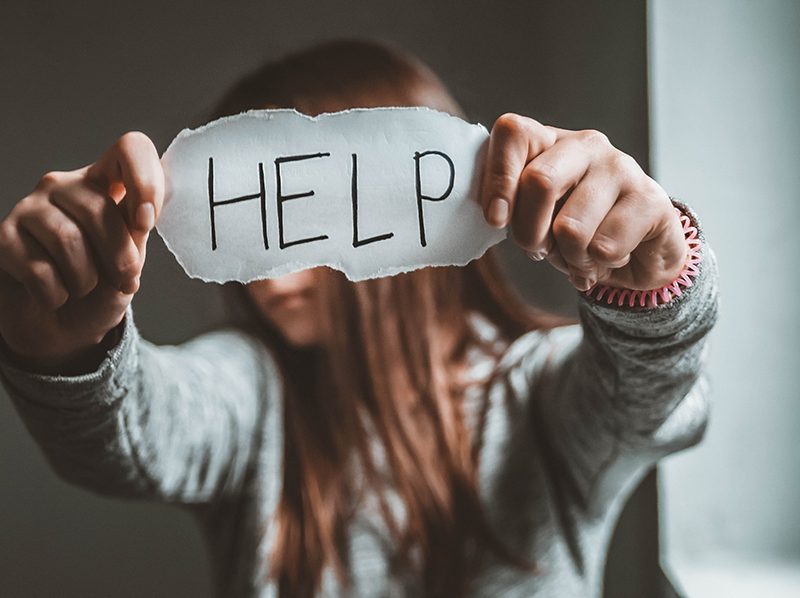In any relationship, it is possible to control or gain power over an intimate partner. Maryville University’s post about domestic violence advocacy highlights that nearly one in four women and almost one in nine men have suffered severe intimate partner violence. This includes stalking, physical or sexual violence, and stalking. Domestic violence is a widespread problem in the United States, with more than 20,000 calls being made daily to hotlines.
Many domestic abuse victims live alone and in isolated environments. We can all play a part in helping them as friends, neighbors, or colleagues. You can give them comfort and strength by letting them know you are there. It’s not always easy to reach out to someone, and knowing what to do can be difficult. These are three robust, straightforward ways to help victims of domestic abuse:
What are the warning signs of abuse?
For various reasons, victims may try to hide signs of abuse. Awareness of the behavioral, emotional, and physical symptoms of abuse is essential. Black eyes, bruises on the arms, dark marks on your neck, and sprained wrists are all signs of abuse. You may know someone low in self-esteem or overly apologetic and fearful. You may notice them withdrawing or becoming distant from their family and friends. The United Nations’ list of signs includes financial abuse. This is where the victim becomes dependent on their abuser and has complete control over their finances. This could be manifested by restricted access to money or a refusal to work.
Validate victims’ feelings
Sometimes it takes a long time to leave an abusive partner. Many victims often cannot leave their abusers due to psychological, emotional, or situational forces. The Globalization and Health Journal reports that 75% of domestic violence victims seek help for post-traumatic stress symptoms. Don’t force victims to speak up if you have the chance. You can listen to the victim’s story, but don’t judge, offer advice, or suggest solutions. Reassure the victim that you are listening and that you respect their feelings. Accept their conflicting emotions and confirm that abuse is not part of a healthy relationship.
Help them create a safety plan.
It is best to discreetly assist a victim in creating a personal safety plan. The victim should have a safe place, a method for feeling threatened, a code word to notify family and friends when needed, and an escape bag containing cash, important documents, and clothing. They can also find shelters, social services, lawyers, counselors, or other support groups. Make it clear that they are essential to you and that you will be there to help them, whether it’s transportation, child care, financial assistance, or pet care.

